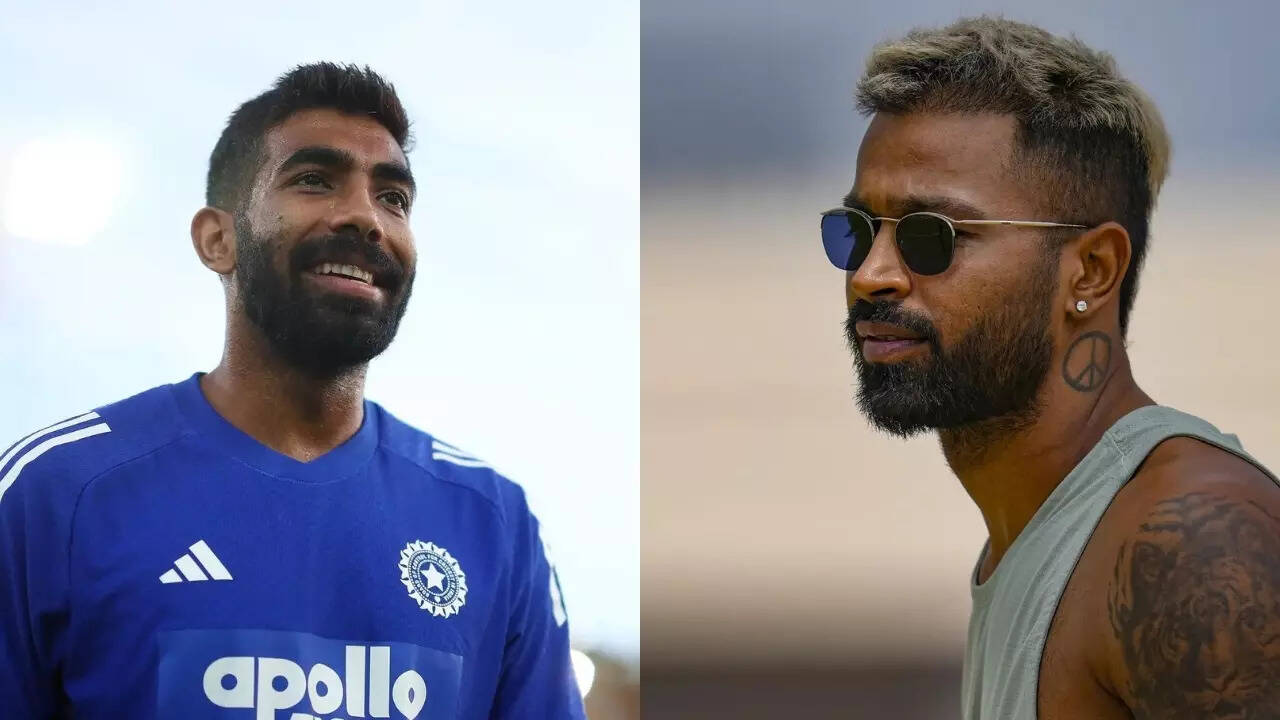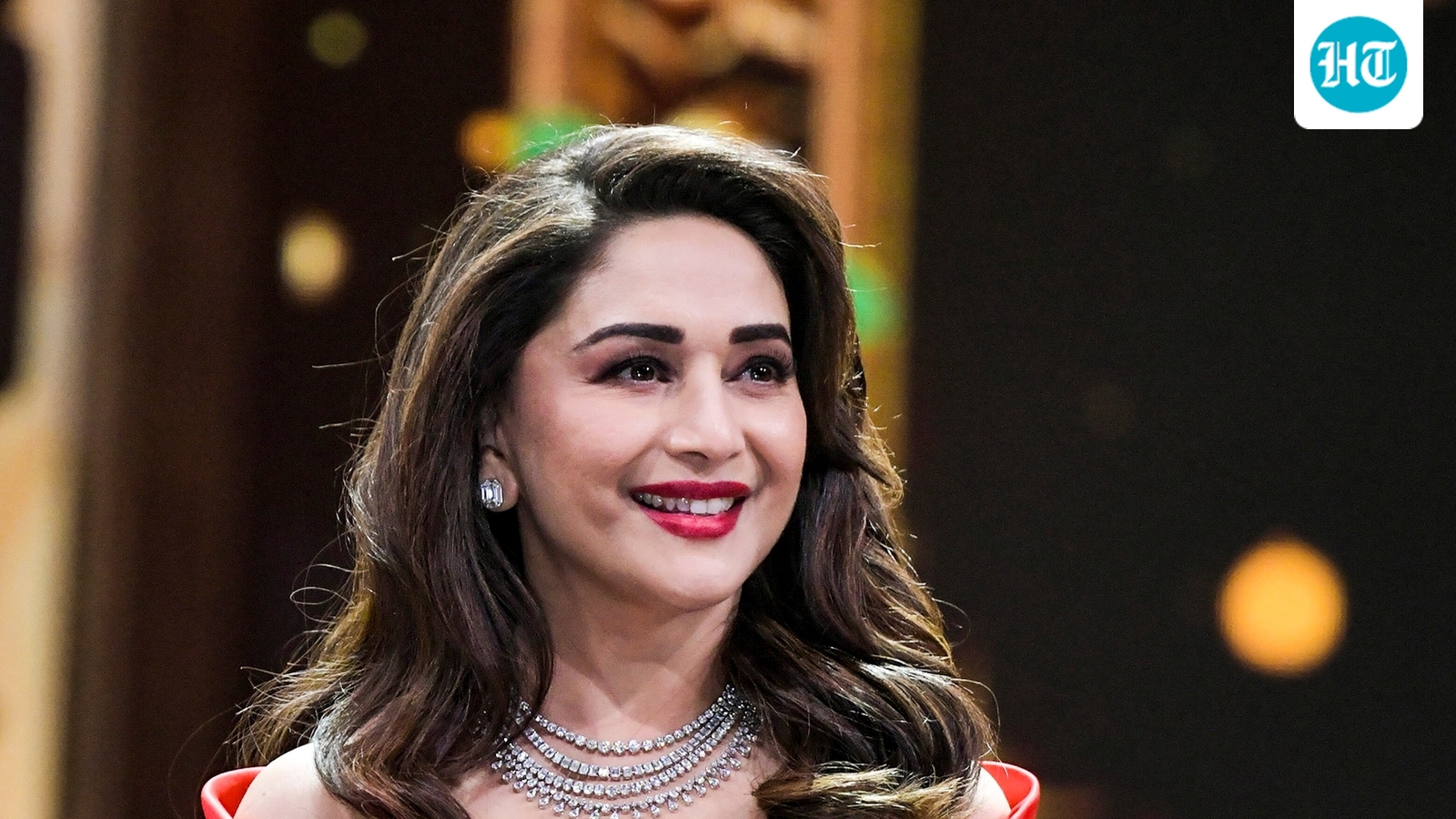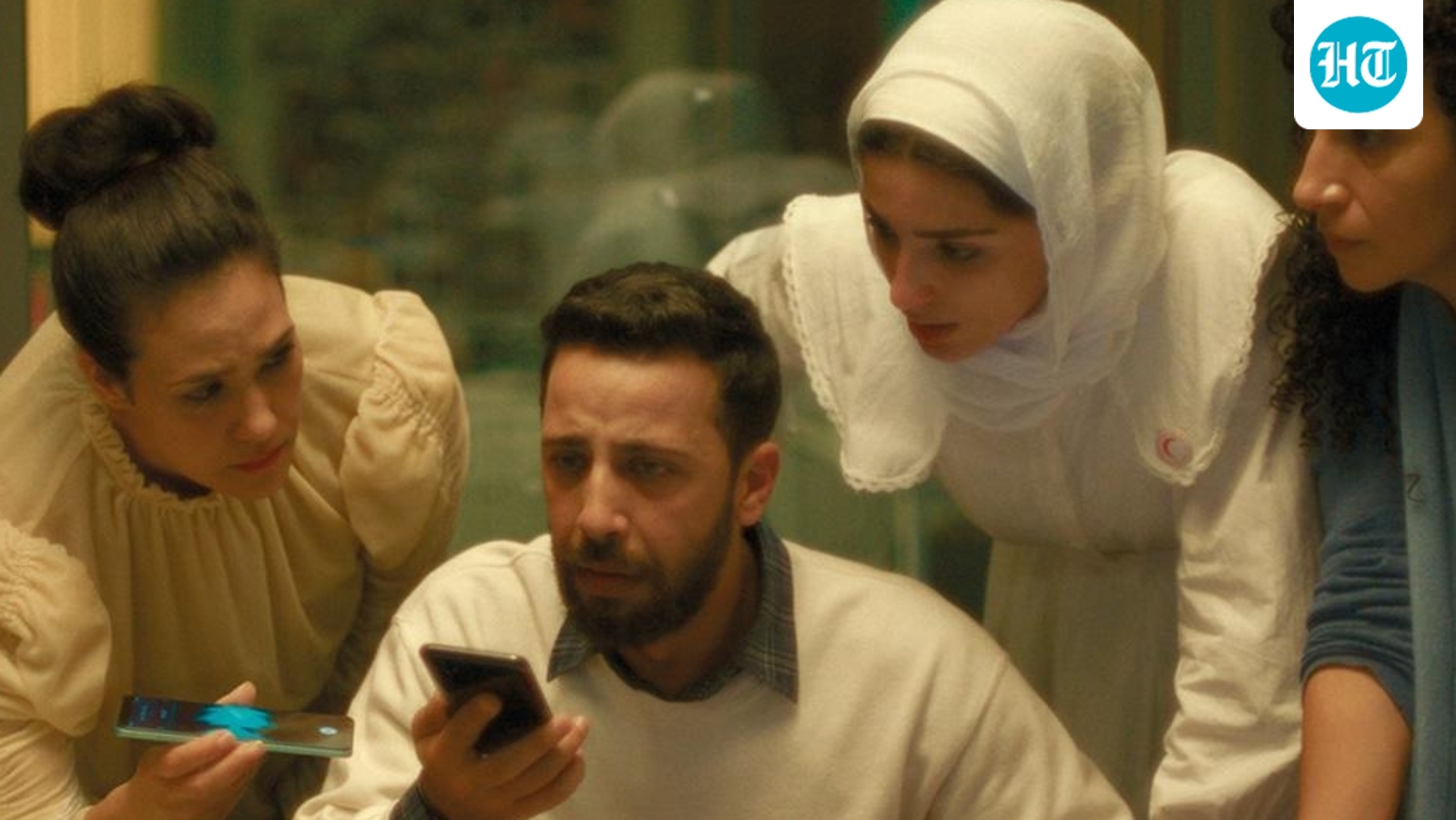The Voice of Hind Rajab review
Cast: Saja Kilani, Motaz Malhees, Clara Khoury, Amer Hlehel
Director: Kaouther Ben Hania
This is a film intended to be discomfiting and emotionally devastating. Tunisian filmmaker Kaouther Ben Hania, who achieved her breakthrough with the hybrid feature Four Daughters (securing an Oscar nomination), continues to blur the lines between drama and documentary with her latest film. Here, the results have a crushing impact.

The premise
The Voice of Hind Rajab recounts the devastating real-life story of the titular six-year-old Palestinian girl who was killed in the Israel-Gaza war in January 2024. The film is told from the perspective of Palestinian Red Crescent volunteers, where we listen to the actual phone call recordings of Hind as she pleads and cries for help.

It is Motaj Malhees’ Oman, one of the young male volunteers, who secures first contact with Hind as she informs him that she is in the car with her family. The call extends as she reveals that the army tank is nearby and might fire at any minute. Her aunt is sleeping, she says, and Oman knows what she means. That everyone else is dead, and little Hind is stuck with their dead bodies inside the car. Her hushed, terrified voice appears on screen in a faint line-recording, as Oman’s colleague Rana (Saja Kilani) takes on the call and tries to calm her down. She asks her about school, and Hind replies that she is in the ‘butterfly class’.
As they figure out her exact location, the volunteers coordinate with their supervisor Mahdi (Amer Hlehel) to send an ambulance as soon as possible. It is not as easy as it sounds, as Mahdi has to make calls, share information across the army, and then get the green signal. All this keeps the pace of the film moving forward, as Hind begs again and again to be rescued. The effect is shatteringly staged and directed.
Final thoughts
Ben Hania confronts the workers, and in turn, the viewer, with the horrifying illusion that Hind Rajab can still be saved, even as we know that really is impossible. It is a gut-wrenching inevitability. Yet this harrowing conceit, embedded within the structure of this dramatised account of this acutely sad story, stretches the limits of the docudrama format and what it can achieve.
The film forces us to bear witness to Hind Rajab’s cries for help. It also forces us to examine how the secondary dramatisation surrounding the real-life recording of such a sensitive issue could contribute to a sense of trivialization.
Still, it is powerfully clear that Ben Hania wants this story to be told, that she wants Hind Rajab’s gut-wrenching cries for help to reach far and wide. It is the only form of confrontation that cinema can achieve.
This film plays an archival role in a horrific moment that is not really the past, as the devastation and its impact is still very much a reality. It makes for essential viewing. With Jonathan Glazer, Joaquin Phoenix and Alfonso Cuaron attached as executive producers to this project, The Voice of Hind Rajab must hope for a wider release. It deserves to be heard.












